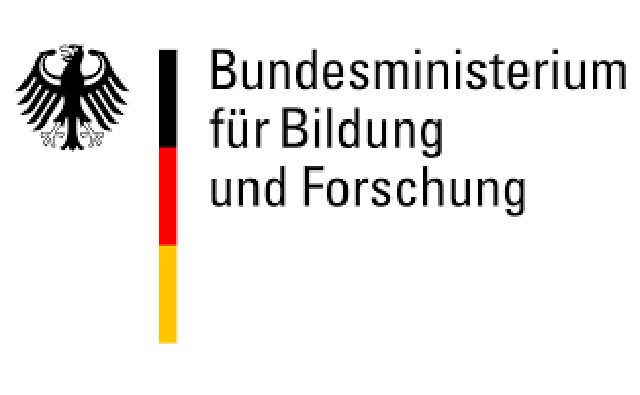
The project partners are striving to create new processes by which safety systems can be efficiently developed in compliance with ISO standard 26262. VeTeSS (“Verification and Testing to Support Functional Safety Standards”) is focused in particular on parts and components of subsystems that must be developed reliably in order to prevent defects in subcomponents from leading to the malfunctioning of safety-critical components. The results of VeTeSS will allow defects in the design of safety components to be corrected at an earlier stage than is possible today, further improving the quality and robustness of the electrical and electronic systems. The risk of integrating components that do not satisfy the ISO norm into complex systems will also be lowered.
Solution approach
The increasing complexity of the safety components in vehicles produces an elevated risk of design errors in the development process. Electronic systems must therefore be continuously tested and verified during the design stage, but every manufacturer has previously used different methods to achieve this. The ISO standard 26262 requires a uniform testing and verification method that is now being developed by the VeTeSS partners. This also makes it possible to certify subcomponents individually without reference to a specific overall system so that they can subsequently be used in various systems, such as electric servo control or anti-lock brake system. The processes can also be employed in all development phases.
Within this project, Fraunhofer IIS/EAS is developing methods and tools for rapid evaluation of a complete system consisting of intelligent sensors, an electronic control unit with a microcontroller as a central computer and the power electronics.
Project status: completed
 Fraunhofer Institute for Integrated Circuits IIS, Division Engineering of Adaptive Systems
Fraunhofer Institute for Integrated Circuits IIS, Division Engineering of Adaptive Systems
